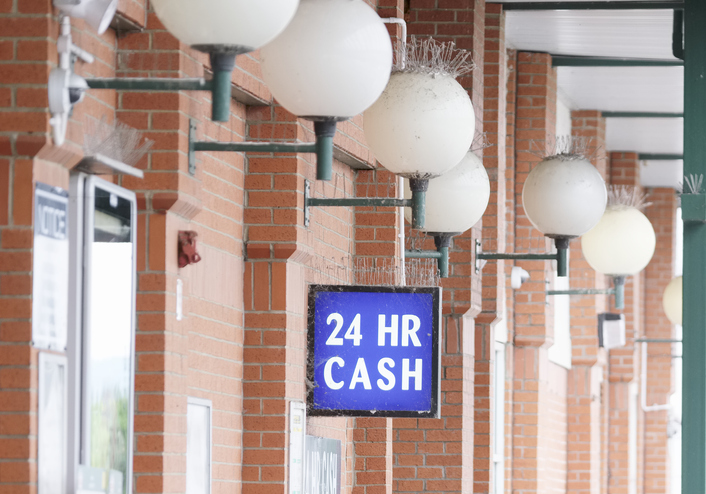The Supreme Court has, in the case of Cardtronics UK Ltd and others v Sykes and others, ruled on the question of whether ATMS (cash machines) located inside and outside of retail units should be separately rated for the purpose of business rates.
This case was a test case brought by an ATM operator and three major supermarkets against valuation officers who had determined that the ATM sites, which were located at retail stores, should be treated as a separate hereditament (that is, a separate item of property) and be assessed for business rates separately from the retail stores where they were located. The ATM equipment was located at the stores on the basis of contractual arrangements.
The effect of this would be to increase the overall rateable value of the stores and the ATMs together, with each ATM attracting a rateable value of around £4,000.
The stores and the ATM operator argued that the ATM sites should form part of the assessment of the store itself and not be separately assessed.
There were two questions to be decided:
1. Could the sites of the ATMs be hereditaments which were separate from the retail stores and therefore have a separate entry in the rating list?
2. Was the rateable occupation of the ATM sites by the ATM operator or by the retailer?
The case was heard by the Valuation Tribunal, with appeals to the Upper Tribunal (Lands Chamber), then to the Court of Appeal and finally the Supreme Court. The answers to the two questions from each tribunal or court was as follows:
| Tribunal or court | Question 1 (separate hereditament) | Question 2 (rateable occupation by…) |
| Valuation Tribunal | Yes | ATM operator |
| Upper Tribunal (Lands Chamber) | Yes (save for movable ATMs) | ATM operator, but only where located outside |
| Court of Appeal | Yes (Upper Tribunal decision upheld) | Retailer |
The Supreme Court dismissed the appeal by the valuation officers. Their reasoning was as follows:
Question 1 – is there a separate hereditament?
The Supreme Court’s answer was ‘yes’. The rating valuation regulations provide that plant and machinery do not have any effect on rateable value. However, the machinery itself (in this case, the ATM) was not to be ignored in determining whether its location was a separate hereditament. An ATM could easily be seen as a ‘self-contained piece of property’ (as reasoned in the 2015 Supreme Court decision in Woolway v Mazars) and therefore, with the exception of the movable ATM in the case, each site (including ATMs located inside and outside stores) were capable of being the subject of a separate entry in the rating list.
Question 2 – who is in rateable occupation?
The Supreme Court held that the rateable occupation of the ATM sites was by the retailer. It was a long-established principle that giving away possession of part of premises to an occupier on a non-exclusive basis does not mean that the liability for rating passes to the occupier. In this case, the retailers had retained possession of the ATM sites, having only conferred rights on the ATM operator. There was no rationale for treating internally and externally located ATMs differently from each other; the fact that external ATMs were available to a wider market and were physically separate from the other facilities in the store did not mean that the retailer had not remained in occupation of the ATM site. External and internal ATMs in these retail locations were to be treated no differently than internal and external ATMs in a bank context (which would also be treated the same as each other).
Conclusion
The effect of this decision is likely to be shorter rating lists, as rating authorities will not seek to create a separate rate listing for ATMs. The decision may also apply to other sites containing machinery, such as photo-booths, rides and vending or coin change machines.

